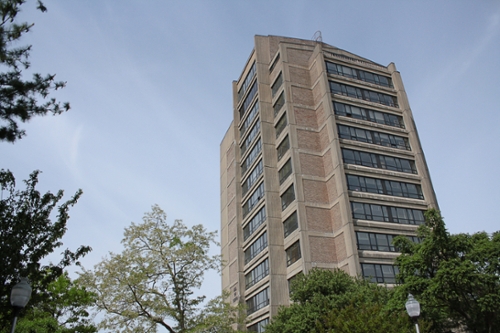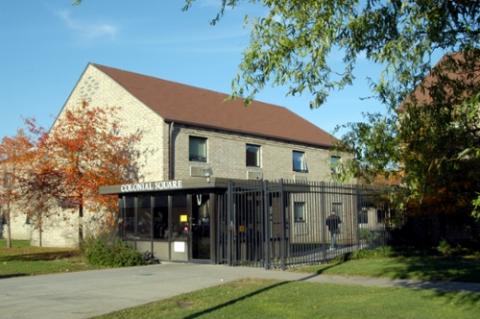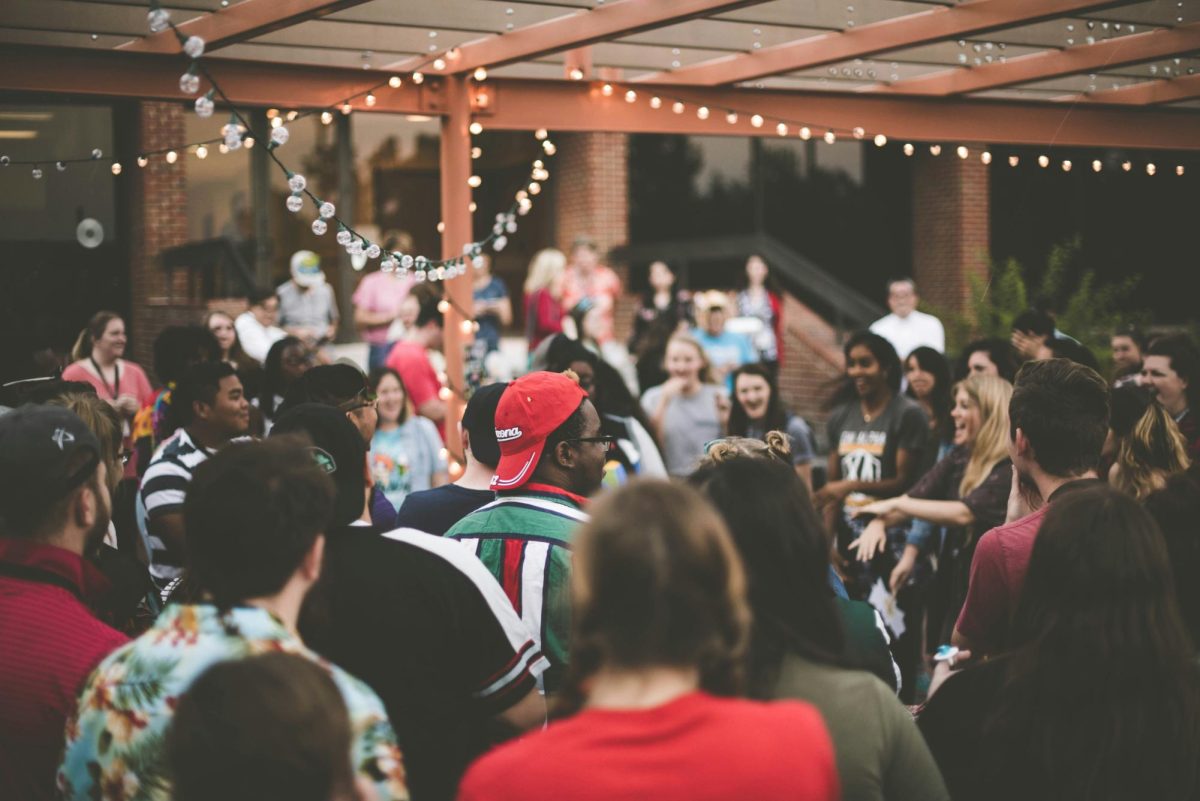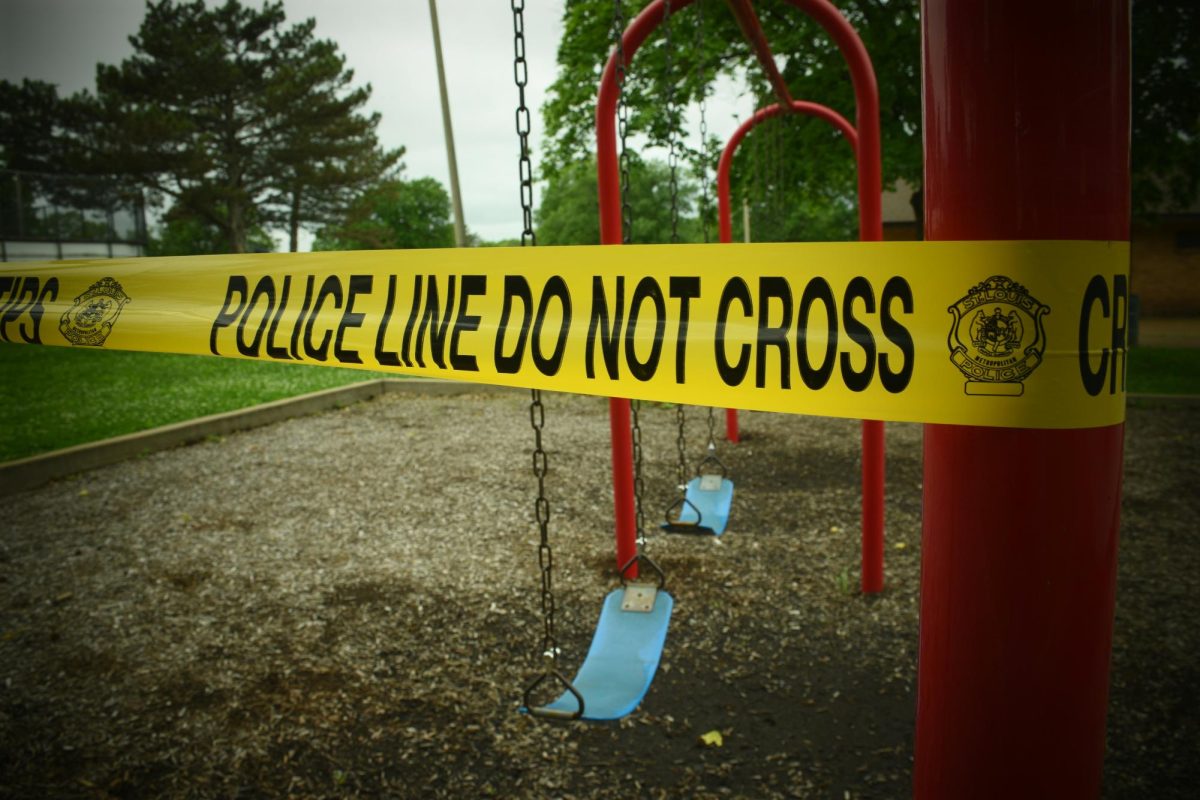A number of colleges have changed the names of buildings so they no longer recognize slaveholders and slave traders. In 2017, Yale University renamed Calhoun College, which previously honored alumnus and slavery champion John C. Calhoun, to Hooper College, in recognition of alumna Grace Murray Hooper, who went on to be a computer scientist, mathematician, teacher and naval officer. Georgetown University, Harvard Law School, Princeton University and the University of Texas at Austin have also explored changing the names of buildings and programs. Recently the College Council at SUNY New Paltz voted to remove the names of slave-owning families from six buildings on its campus.
During the Spring 2018 semester, Hofstra established the Task Force on Representation in Public Spaces to report on existing statues as well as possible new statues and plaques. Meetings have been set up to engage the entire university community in discussion. Hofstra is also planning an academic conference for the Fall 2019 semester examining the impact of the trans-Atlantic slave trade on creation of the modern world and on race relations in the United States.
At Hofstra, as part of the university’s Dutch connection, a residence hall for first-year students is named after Peter Stuyvesant. Stuyvesant, as director general of New Netherland, promoted slavery in the Dutch colony that later became New York City. He was also the largest private owner of enslaved Africans in New Netherland, and tried to prevent Jews and Catholics from settling in New Amsterdam. In 1660, Stuyvesant supervised what was probably Manhattan’s first public auction of human beings.
In 1654, 23 Jewish men, women and children arrived in New Amsterdam after fleeing from the former Dutch colony of Recife in Brazil. When the ship docked, Stuyvesant seized their possessions and ordered they be sold at auction. When this failed to raise enough to meet their debts, Stuyvesant jailed two members of the group and wrote to the Dutch West India Company in Amsterdam asking permission to expel the Jews. In a letter to the Dutch West India Company, Stuyvesant called Jews a “repugnant race” and expressed concern that if Jewish settlers were granted “liberties” in the colony other minority groups, such as Roman Catholics, would be attracted to the colony.
In keeping with Hofstra’s Dutch heritage, I propose renaming Stuyvesant Hall after Truus and Freddi Oversteegen, two teenage Dutch young women who were World War II anti-Nazi resistance fighters. After Germany invaded the Netherlands, Freddi, 14, and Truus, 16, were recruited to distribute pro-resistance flyers, but later they became, out of necessity, saboteurs and assassins. Their contributions to the war effort are recounted in “Under Fire: Women and World War II” by Eveline Buchheim and Ralf Futselaar and in an obituary written by Harrison Smith in The Washington Post in September 2018.
In an interview, Freddi Oversteegen explained that the sisters felt they had no choice but to become assassins. “It was a necessary evil, killing those who betrayed the good people.” However, her experience haunted her dreams long after the war ended. In 2014, the Dutch Prime Minister awarded the sisters the Mobilization War Cross, a military honor for service in World War II.
Renaming Stuyvesant Hall after the Oversteegen sisters not only removes an honor from a historically problematic figure, but also adds recognition to the achievements of women, who are severely underrepresented by building names and statues on campus.
Alan Singer is interim chair of the Department of Teaching, Learning and Technology and a member of the Task Force on Representation in Public Spaces.








